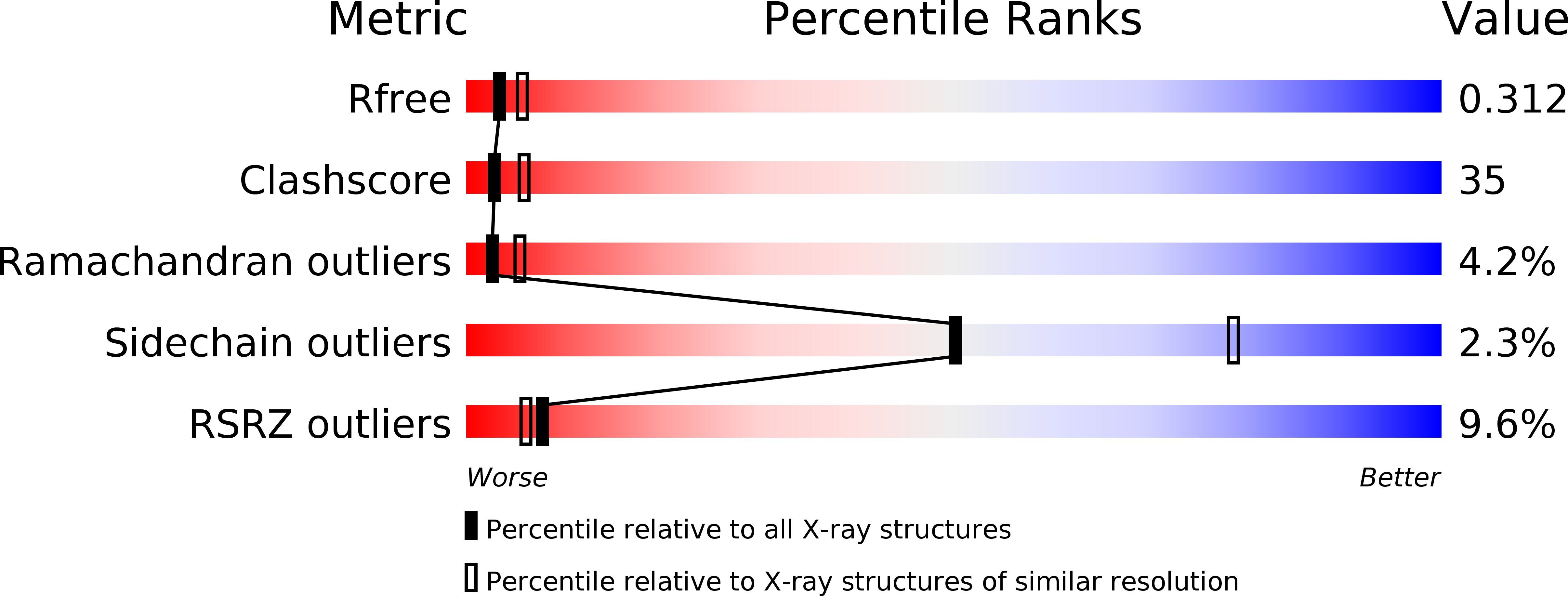
Deposition Date
2003-11-16
Release Date
2004-03-09
Last Version Date
2024-03-13
Entry Detail
PDB ID:
1RI7
Keywords:
Title:
crystal structure of a protein in the LRP/ASNC family from the hyperthermophilic archaeon Pyrococcus sp. OT3
Biological Source:
Source Organism:
Pyrococcus horikoshii (Taxon ID: 70601)
Host Organism:
Method Details:
Experimental Method:
Resolution:
2.70 Å
R-Value Free:
0.31
R-Value Work:
0.24
R-Value Observed:
0.24
Space Group:
P 61 2 2


